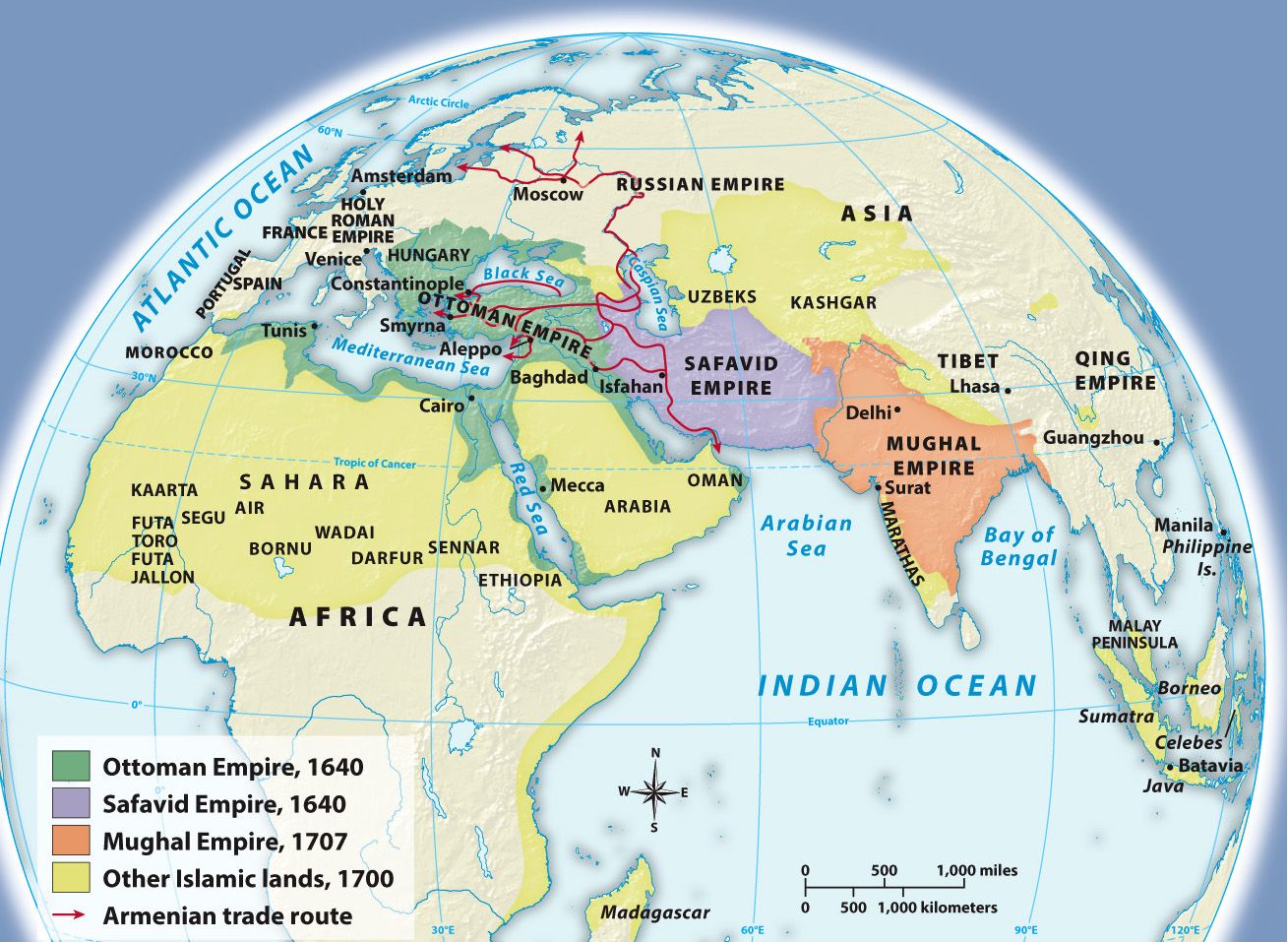“A Devotee of Dervishes”: The Mughal Empire During the Reign of Jahangir, 1605-1627
A discussion of how to use paintings of the Mughal Emperor Jahangir to teach about the Mughal Empire in the seventeenth century.

World history isn’t meant to tell the history of the world; it’s about global patterns and processes. One of the important themes of early modern world history (c.1450 - c.1750) is the development of large scale land-empires, such as the Ming Dynasty, the Ottomans, and the Mughals. We can’t fit the whole history of these empires into world history courses. Still, we can reflect on the types of abbreviated histories of these empires that we teach in our courses.
In the case of the Mughals, the world history version of this empire is frequently reduced to a relatively brief history of the empire’s rise and decline. As I discussed last week, despite the complex nature of Akbar’s long reign (r.1556-1605), his story often becomes synonymous with the rise of the Mughal Empire in world history textbooks. Textbooks may briefly mention the emperors Jahangir (r.1605-1627) and Shah Jahan (r.1627-1658), but not always. The decline of the empire is then focused almost entirely on Aurangzeb’s reign (r.1658-1707), despite him being the emperor who added the second-most amount of territory. For example, the popular Ways of the World textbook focuses extensively on Akbar and Aurangzeb but reduces Jahangir’s reign to two sentences and doesn’t even mention Shah Jahan.
This head-scratching history of Mughal rise and decline hardly makes sense and gives students a distorted understanding of three Mughal emperors. Over the next three weeks, I plan to discuss the emperors Jahangir, Shah Jahan, and Aurangzeb in individual posts. Instead of presenting a comprehensive history of each emperor, I will focus on a few images that give teachers an assortment of entry points into different aspects of each emperor’s reign. All three emperors sponsored many paintings of themselves and consciously promoted a specific vision of how they ruled. In the case of Jahangir, we can use these to understand how he conceived of the role of the Mughal Emperor, the empire’s relationship to the Deccan sultanates, and the empire’s global connections.
What Kind of Islamic Empire?

This content is for Paid Members
Unlock full access to Liberating Narratives and see the entire library of members-only content.
SubscribeAlready have an account? Log in



